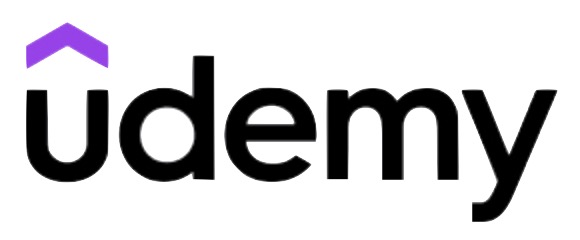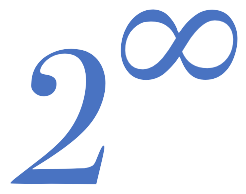Linear Algebra
part 2 of 3
A total of almost 47 hours of lectures
This is an academic level course for university and college engineering. Due to its size, it is divided into three parts. This page describes the second of those three parts.

Prerequisites
- Linear Algebra and Geometry 1 (systems of equations, matrices and determinants, vectors and their products, analytic geometry of lines and planes)
- High-school and college mathematics (mainly arithmetics, some trigonometry, polynomials)
- Some basic calculus (used in some examples)
- Basic knowledge of complex numbers (used in an example)
Curriculum
Make sure that you check with your professor what parts of the course you will need for your exam. Such things vary from country to country, from university to university, and they can even vary from year to year at the same university.
Linear Algebra, part 2 of 3
Get the outline
A detailed list of all the lectures in part 2 of the course, including which theorems will be discussed and which problems will be solved. If you are looking for a particular kind of problem or a particular concept, this is where you should look first.

Get Linear Algebra part 2 on Udemy
When you buy the course on Udemy, you get access to it for life. There is just a one-time fee. The prices do vary a lot on Udemy, but if you use our link by clicking on this panel, you will get the best current price. See also our page on “coupon codes” in the menu (the current code is TPOT_APR25).

This course is a continuation to Linear Algebra 1 . The topics covered here are offered with in-depth explanation and lots of exercises along the way. Each section is a real joy. You will learn a plethora of things which are normally tough to grasp and besides be able to connect it all. At bottom, everything in linear algebra is connected and this course fulfills the purpose.
What’s more, textbooks require lots of dedication and sometimes the math behind it is difficult to grasp in terms of vocabulary, proofs, connections. It all sums up to being a nightmare.While this course tackles it all with less pain but same benefits are obtained. It brings tangible hope. You just need to be dedicated and disciplined in your learning. Professor Hania will do the rest. Believe me, it is worthy.
On top of that, any online course just touches the surface of the topic and it is not rigorous even though they might be good at delivering the big picture and analogies to understand, but you keep asking what’s behind the black box. Indeed,professor Hania covers nearly all details, the big picture … and if your have a question, she offers quick in-depth feedback not only in this course but all courses she delivers.
I am really pleased I found professor Hania!